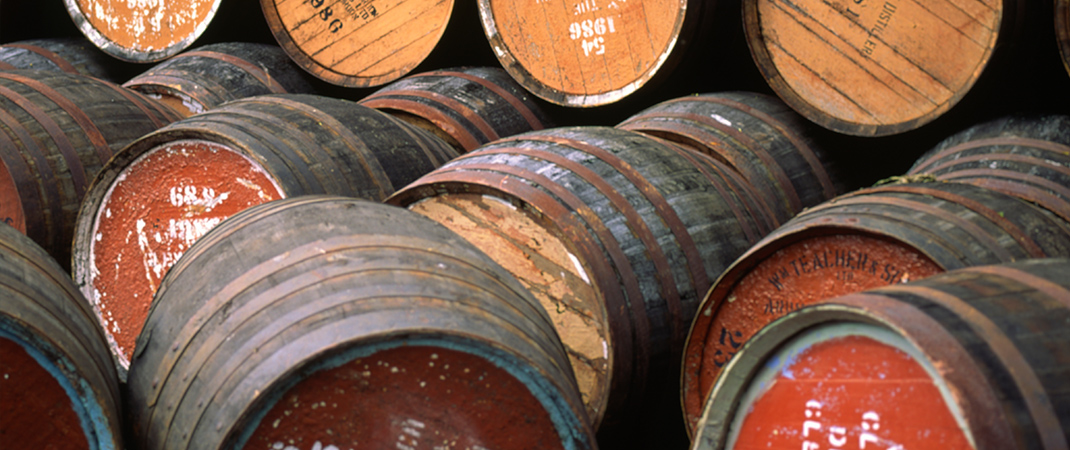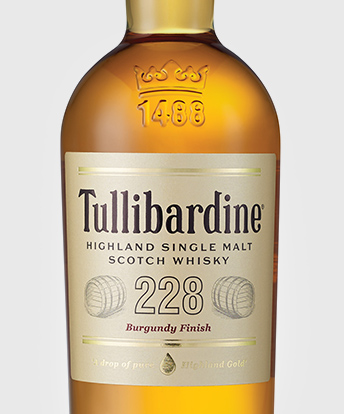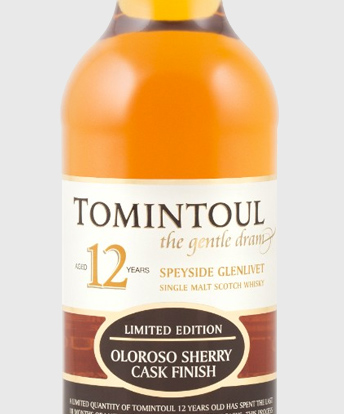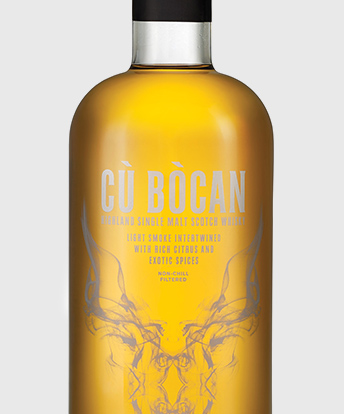
Wood-Finished Whiskies Come of Age
Into the Woods
Wood finishing (or secondary maturation) is a relatively recent phenomenon in the scope of whisky history. It refers to taking a fully matured whisky – commonly aged in either an ex-bourbon or sherry cask – and then re-casking it for anywhere from a few months to a few years in another type of barrel, such as a spirit, wine, port or sherry cask. The initial maturation establishes the familiar taste and body while the secondary maturation enhances the flavour. The result is a whisky with its own unique shades and subtleties.
The Roots of Wood Finishing
The practice only started in the 1980s when some independent bottlers started to experiment with different wood finishes. Credit the likes of Balvenie and Glenmorangie for taking it more mainstream – they were among the early adopters, experimenting by re-casking single malts into sherry butts. A steady march of other distilleries followed in step.
A Depth of Flavour
Two main factors contribute to the taste of a wood-finished release. There is the wood itself, which imparts a distinct flavour, and then there is whatever previously occupied the cask, as casks absorb a significant amount of the previously held liquid. This is commonly referred to as the ‘in-drink,’ which is drawn into the whisky to help add greater texture and taste. Discussions range over which exacts the greater impact on the final product, but whatever weight each factor carries, the combination creates something wholly unique.
Creating Balance
Beyond the inherent trial-and-error nature of the practice, not all casks are appropriate for secondary maturation. The pronounced flavours of some casks may simply overwhelm more delicate whiskies, while lighter-flavoured wine casks would hardly register any influence if matched with a more heavily peated whisky. The key is to find the complementary flavours that deepen the taste profile and highlight the best of the original whisky and the ‘finishing’ factors.
Encouraged to start exploring the world of wood finishes? Fortunately, the Whisky Shop has an ever-expanding selection where you‘ll find a range of options to help deepen your discoveries.
Featured Whiskies
Tullibardine 228 Burgundy Finish Highland Single Malt
Aged for 12 months in red Burgundy wine casks, Tullibardine 228 Burgundy Finish shows layers of berry, oak, vanilla and floral notes, all punctuated with allspice and plum.
Tomintoul Speyside Glenlivet Single Malt 12 YO
Credit a selection of premium Oloroso sherry casks for infusing this single malt with a particularly smooth, mellow character as touches of citrus, chocolate, oak and burnt sugar delicately unfold over a sustained finish.
Tomatin Cù Bòcan Highland Single Malt Whisky
This special annual release from Tomatin veers from their familiar unpeated expressions. Aged in a mix of virgin oak, bourbon and sherry casks, it is lightly peated with a balance of sweet, spice and toasted nut.


